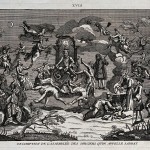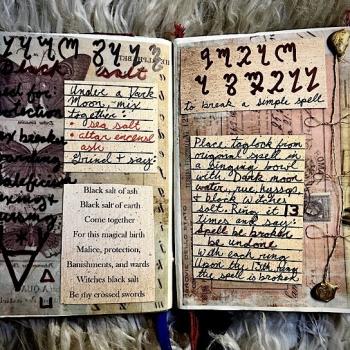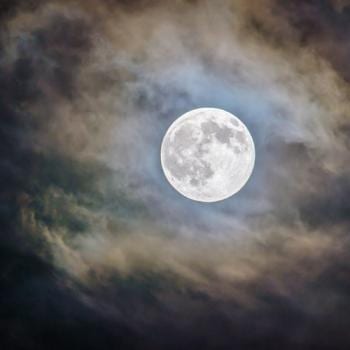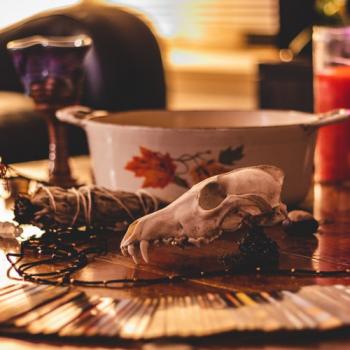Recently I have been thinking a lot about ethics and morals within Witchcraft. Over the years I’ve come across and even been a part of many arguments based around differing opinions on what Witches morally should or should not do. Some people are adamant that Witches must adhere to the Wiccan Rede and harm no one. Others believe that cursing and hexing are an important part of Witchcraft and that such ethical guidelines are not a requirement. I will admit upfront that I personally fall into the latter category and here is why:
Since the beginning of the modern Witchcraft movement (1950’s and onward) there has been a big push for public acceptance. This is understandable of course as there are many important benefits to being socially accepted and just as many negative consequences for those who are not.
In 1951 Witchcraft was finally decriminalized after the repeal of the Witchcraft Law of 1735. Subsequently, self-proclaimed Witches began to crawl out of the woodwork. Some of these individuals including Gerald Gardner and later Alex Sanders took to the media to spread the news about their Craft. Unfortunately, although not all that surprisingly, the media was not too friendly to their cause and instead played on the public’s fears and misunderstanding to spin sensational stories. I believe that as a result of the increasing visibility of Witchcraft there was a mounting pressure for Witches to sanitize their Craft in order to counter the public’s negative views. Since the popular portrayal of Witches was that of immoral deviants in league with Satan, for acceptance to be achieved Witches would have to find a way to convince the public otherwise.
Therefore, I think a lot of relief came with the introduction of ethical concepts like the Wiccan Rede and Law of Three. These two codes of conduct addressed acts of harmful Witchcraft and could be easily cited as evidence that Witches were simply benign people only out to do good. However, while the movement towards public acceptance and the introduction of these moral guidelines have not been inherently problematic, they do not accurately reflect the beliefs and practices of all Witches.
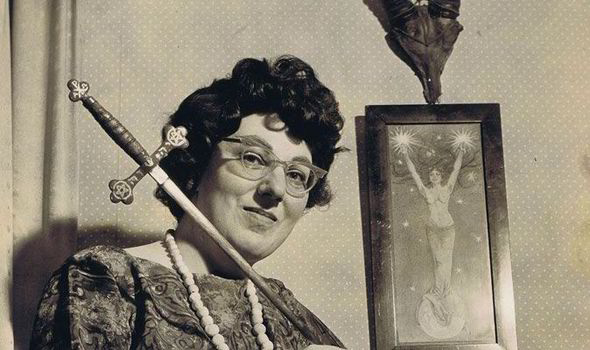
First and foremost, the Wiccan Rede and Law of Three are just that, Wiccan. As we know, Wicca is only a subset of Witchcraft and therefore its concepts do not inherently translate to the wider system. However, in those early days and even today Wicca remains largely dominant in the world of Witchcraft. Often times they are even presented as being interchangeable. If you tell someone that you’re a Witch, and they don’t automatically think you’re crazy or a Satanist, they will probably assume you’re Wiccan. I think that this is why more often than not it’s assumed all Witches follow the Wiccan Rede and Law of Three. Though it should be pointed out that even within Wicca there are those who do not follow them as they were not always present, instead being later additions. Furthermore, the way in which the Rede and Law of Three are meant to be interpreted is widely debated. Many view of Rede as a piece of moral advice and not a binding law. Through this lens, harmful acts of magic are discouraged but not expressly forbidden.
Secondly, while I do understand our modern desire to be publically accepted I don’t believe that Witchcraft is or ever was meant for that. Witchcraft is a practice for those on the edges of society, who are crooked, mysterious, and otherworldly. It’s a path that is the opposite of all things mundane, mainstream, and publically approved. Instead it is dark, forbidden, secretive, and not for the faint of heart. To try and normalize or “purify” Witchcraft in order to be accepted by society is to deny everything that it is at its heart. Looking back, deep into folklore and history we see a wider framework and it quickly becomes apparent that Witchcraft was never really meant to be socially accepted or bound by morals codes.
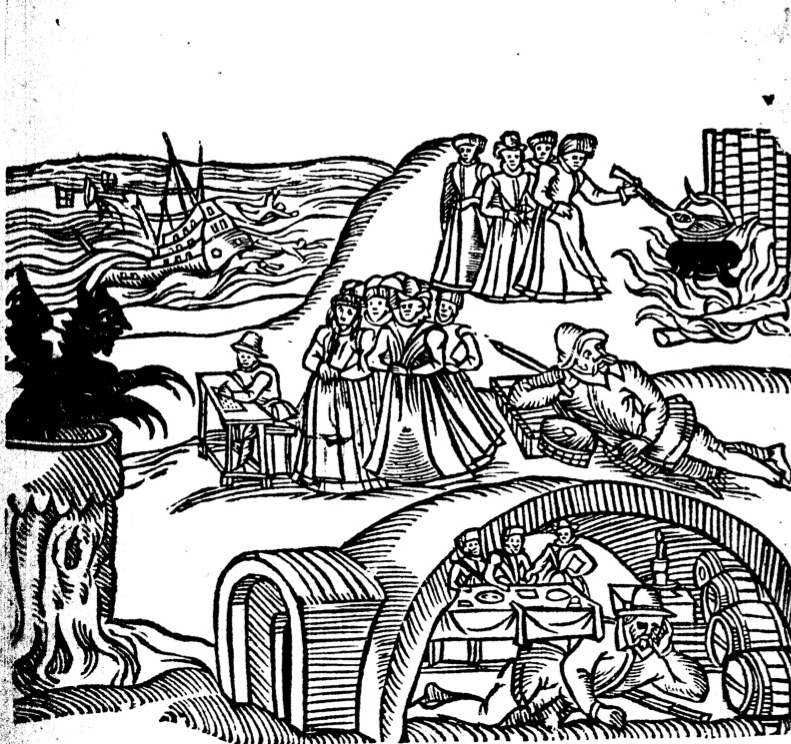
During those early times, and even still today, Witchcraft can be viewed as being for the disenfranchised. At its core Witchcraft is about obtaining the power to create change in accordance to one’s will. It makes sense then that those who are drawn to it would be those who are otherwise powerless. A large majority of those accused during the “Burning Times” were from the lower class. These were people who would have struggled for survival and in order to have their needs met, turned to Witchcraft. Their needs could have been anything from essential everyday items like food and shelter to things like protection and justice.
This can be seen in cases of Witches magically stealing crops and other goods or when failed by the justice system (a common occurrence as it often only looked out for those in power) exacting their own forms of justice or revenge. More often than not this meant causing harm to their enemies, whether it was bodily or to their possessions such as crops and livestock. There are dozens of examples in both folklore and historical accounts where Witches’ supposedly used their powers to try and kill off people in power such as Kings and Church Officials. A prime example comes from the North Berwick Witch Trials where Witches were accused of trying to kill King James VI/I by sinking his ship, burning wax dolls of him, and poisoning his sheets. Another more esoteric example comes from Leland’s Gospel of the Witches in which Aradia comes to earth to teach peasants Witchcraft so that they can overthrow their oppressors.
Until 1735 Witchcraft was a capital offense in Great Britain. I think it remains likely then that anyone who was legitimately practicing Witchcraft would have been pretty desperate in their needs. However, even after the repeal we still come across many tales of village Witches being both helpful and harmful to their communities. Owen Davies comments that, “There is clearly no doubt that many Cunning Folk and Witches were quite capable and ready to use their magical powers (or perceived magical powers) to intimidate, deceive, or harm others and their possessions, both on their own behalf or at the request of a client.”*
Like their predecessors these Witches found a way to live off their Craft, albeit in a much less covert fashion. One way that a Witch could provide for themselves was by offering their services for a fee, whether monetary or through the trade of various goods. Malefic magic could then be quite prosperous as a client would have been willing to pay not only to have a hex put on another but also to have hexes taken off themselves. Another strategy was simply to rely on their fearsome personas to intimidate and threaten community members into providing them with free food, shelter, or other services.
While circumstances today are much less dire, there are still countless situations in which malefic magic can be helpful or even essential. I think that all too often people overlook the wide range of motives someone could have for choosing to work harmful magic and instead assume that they are simply irresponsible, unintelligent, or just plain immoral. I don’t personally know many Witches who go about causing magical harm without a very good reason. Remembering that Witchcraft is about power, many people make use of hexes and other baneful forms of magic to deal with and rise above difficult situations. Additionally, I think that people often conceptualize harmful magic in ways that take it to extreme levels. But harm comes in many forms and intensities. A hex could be as serious as causing the target to become deathly ill or as minor as causing a bout of bad luck. Certainly, or rather hopefully, most Witches would use different levels of intensity when dealing with a rapist than a nosy neighbor.
The important thing is to not be overly simplistic when thinking about morality and Witchcraft. We often times make snap judgements about malefic magic or those who use it without taking into consideration individual motives and personal circumstances as well as the wider historical and folkloric context of Witchcraft. Instead of trying to apply our own personal morals and ethics or that of our specific tradition onto all Witches, we should be more conscious of these various factors. Witchcraft is not a simple thing and it does not fit well into a strict moral dichotomy of good versus evil. While I do believe that those polarities are ever present, I think it is rare that a Witch, or anyone in general, acts purely in one or the other. Life is too complicated for that and I truly believe that causing harm is an inevitable and sometimes necessary part of the human experience, Witchcraft related or not.


